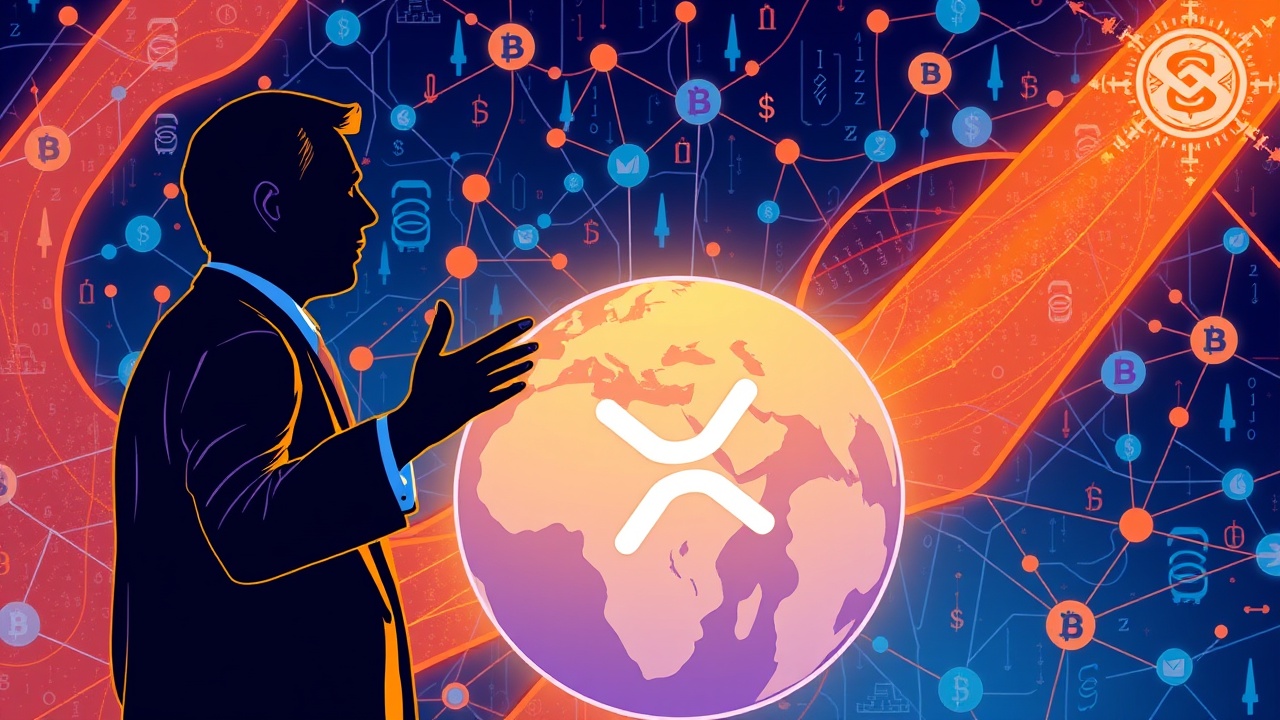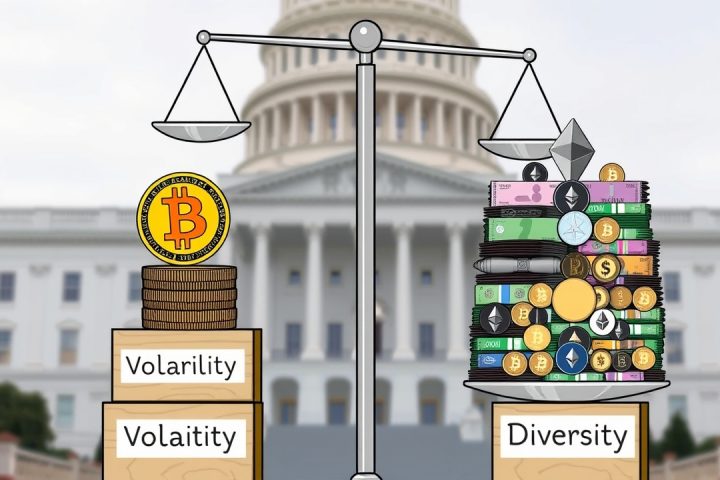Insights on Ripple and CBDCs
Anthony Welfare, a former executive at Ripple, has recently shared his insights regarding the implications of the company’s experiments with Central Bank Digital Currencies (CBDCs) on the evolution of the XRP Ledger. Ripple has increasingly focused on CBDCs from 2021 to 2024, marking a significant period for its technological and strategic partnerships.
Collaborations and Developments
In 2021, Ripple began collaborating with the Royal Monetary Authority of Bhutan and the Republic of Palau, exploring pilot programs for CBDCs. By 2023, the company further expanded its reach, forming alliances with the central banks of Montenegro and Colombia, and launching a new platform specifically for CBDCs reliant on XRP Ledger technology.
Business Reorientation
As of 2025, Ripple appears to have reoriented its business approach, evidenced by a complete overhaul of its website in February, which notably excluded any references to CBDCs. This change has led to speculation about whether Ripple is distancing itself from CBDC projects or remaining discreet amidst a broader anti-CBDC sentiment in the United States.
Reflections on Past Endeavors
Despite this apparent shift away from CBDCs, Welfare reflected positively on Ripple’s past endeavors in this area through a recent tweet, emphasizing that these experiences were not in vain. He articulated the importance of understanding the expectations of central banks and the critical role commercial banks play in this sector, positioning stablecoins as a central element of future developments.
Welfare remarked, “The insights gained from our CBDC initiatives between 2021 and 2024 have significantly influenced the trajectory of the XRP Ledger’s development, suggesting that this pivotal timeframe equipped the XRPL for current advancements and the increasing prevalence of stablecoins.”
Launch of Ripple USD
In December 2024, Ripple launched its own institutional-grade stablecoin, Ripple USD (RLUSD), which operates on both the XRP Ledger and Ethereum platforms. Welfare further underscored the importance of interoperability, arguing that CBDCs, stablecoins, and tokenized deposits are all crucial components that must integrate seamlessly to facilitate user accessibility.




